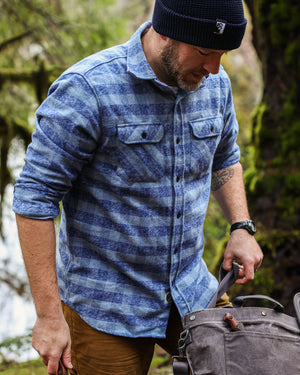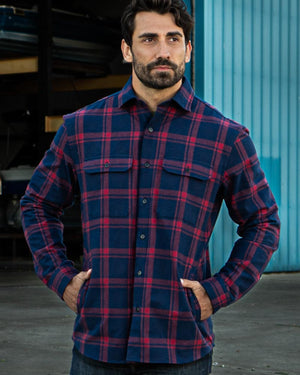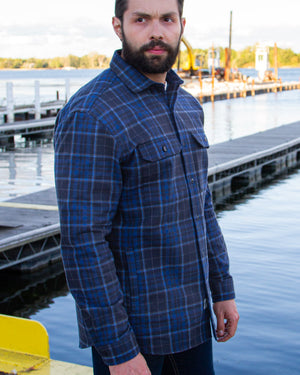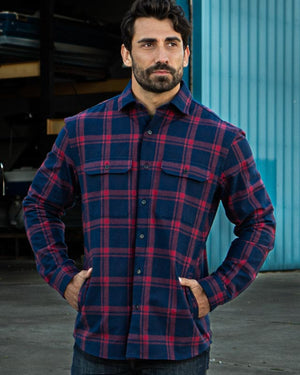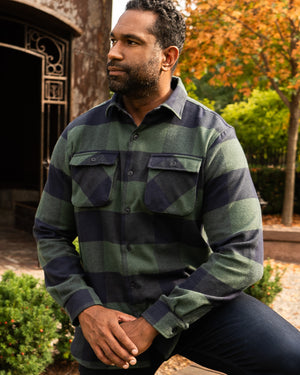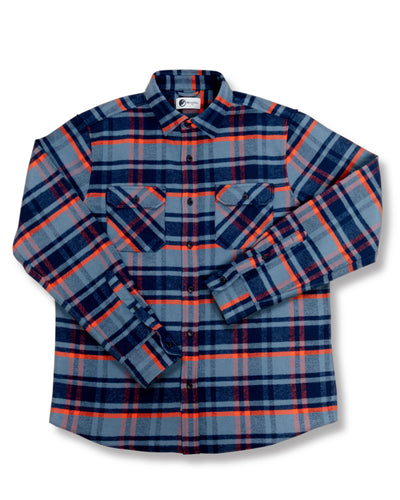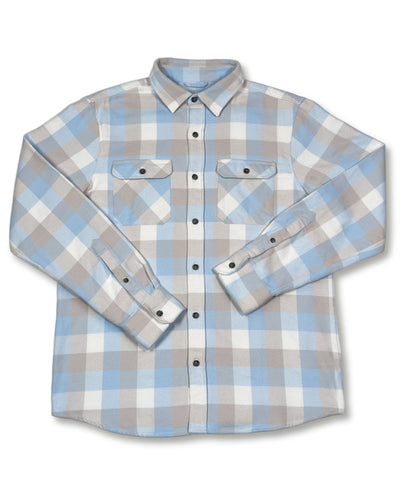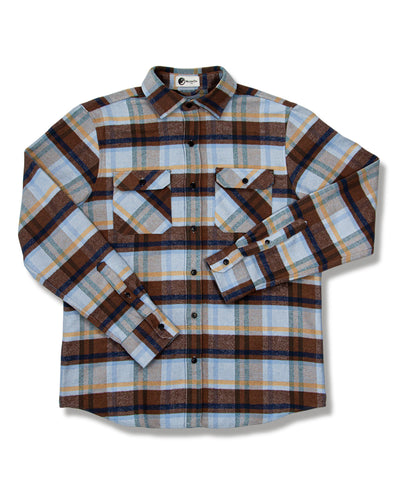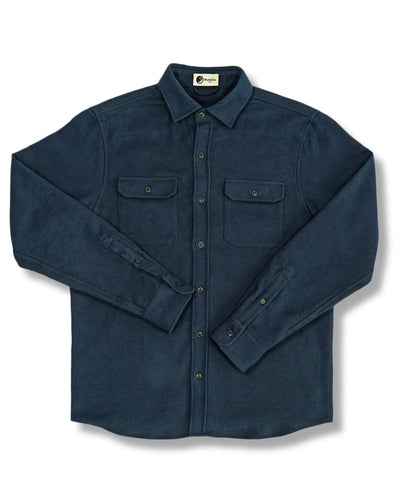Finding The Right Fit For Flannel Shirts

While flannels have come a long way since being the staple shirt of the lumberjack in the 1950s, flannels still symbolize masculinity, hard work, and rugged style. Whether you're spending most of your time pounding the pavement in the city, spending your hours on the ranch, or, like most of us, somewhere in between -- there’s no doubt that a good flannel shirt is a must-have for the modern American man.
Flannels can be made from many materials including cotton, wool, or a variety of synthetic materials. There’s plenty of discussion about what material is best for a flannel shirt, but we’re only going to look at material as a function of finding the right fit.
When you’re looking to find a flannel here’s a few key things to keep in mind:
Know How You’ll Wear The Flannel
If you’re looking for a flannel to wear outside in a cold environment while you are active, you’re wise to look for something that’s thick, and built with wool or cotton. The downside of wool, the warmest of the fibers is that you are sacrificing comfort. Wool can sometimes be scratchy and not as comfortable on the skin.
If you’re like most men today, you're looking for versatility for both indoors and outdoors. You wear the flannel outside regularly but layered under outerwear to comfortably transition indoors. The MuskOx Grand Flannel shirts are made with brushed cotton for a balance of comfort and warmth. Cotton is a comfortable fiber that can be very soft on the skin when crafted with attention to detail. Specifically, brushed cotton on both sides of the shirt delivers fantastic comfort while still maintaining the classic look of the flannel.

How The Tightness of Weave Impacts Flannel Fit
When buying a flannel, it’s important to look at the tightness of the weave. The closer the threads of fabric are packed together, the more compact the weave, and often the more insulating the flannel will be. Another advantage of a tighter weave is durability and resistance to shrinkage when laundering. For most men, this means that with a tighter weave -- you can go out and buy the flannel that fits right today without worrying about how it will look after a few trips to the wash.
Fitting a Flannel
It’s easy to get tripped up on how to fit a flannel because some men where the shirt more like a coat and others wear it more like a dress shirt. The reality is that a flannel should contour the body but not limit movement in any way shape or form. Think of wearing a flannel like Goldylocks and her porridge: not too big, not too tight, but just right.
Fitting a Flannel:
- Sleeves the same length as a dress shirt
- Allow for extra room in shoulders
- Contour the body in the chest, while still allowing for movement

Final things to Consider
When it comes to flannel shirts, quality matters. Synthetic materials tend to (1) not breathe as well as their cotton or wool counterparts (2) not last as long as traditional fibers. The true test of a flannel happens over time in the environment where you’re planning to use the shirt, so be sure you’re matching your spend with your expectation for the life of the garment. Once you’ve selected the fabric, be sure to look at its thickness, which is another measure of quality. Finally -- be sure the fit suits your use case and don’t hesitate to try the shirt on performing the activities you play to perform on a day-to-day basis before finalizing your purchase.

